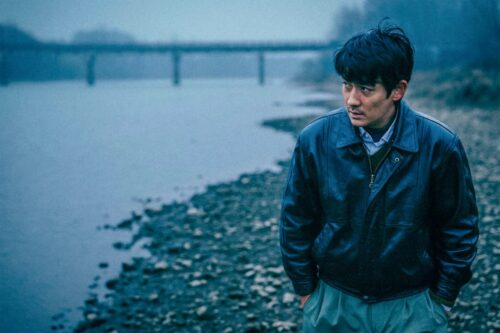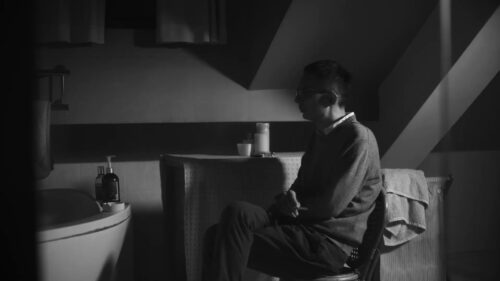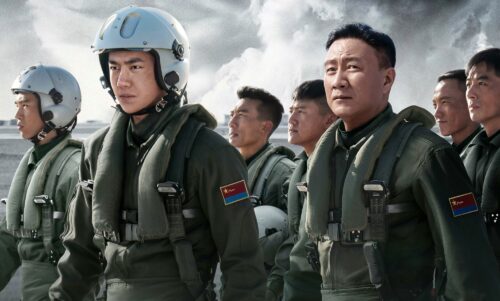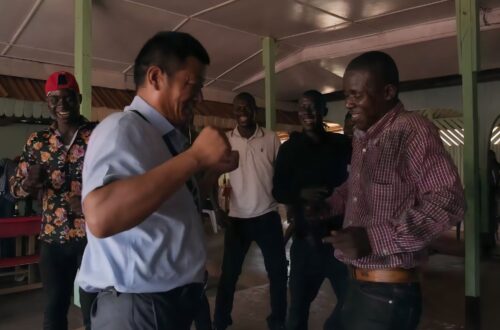‘Dangerous Encounters of the First Kind’: Hong Kong as alienated urban hell
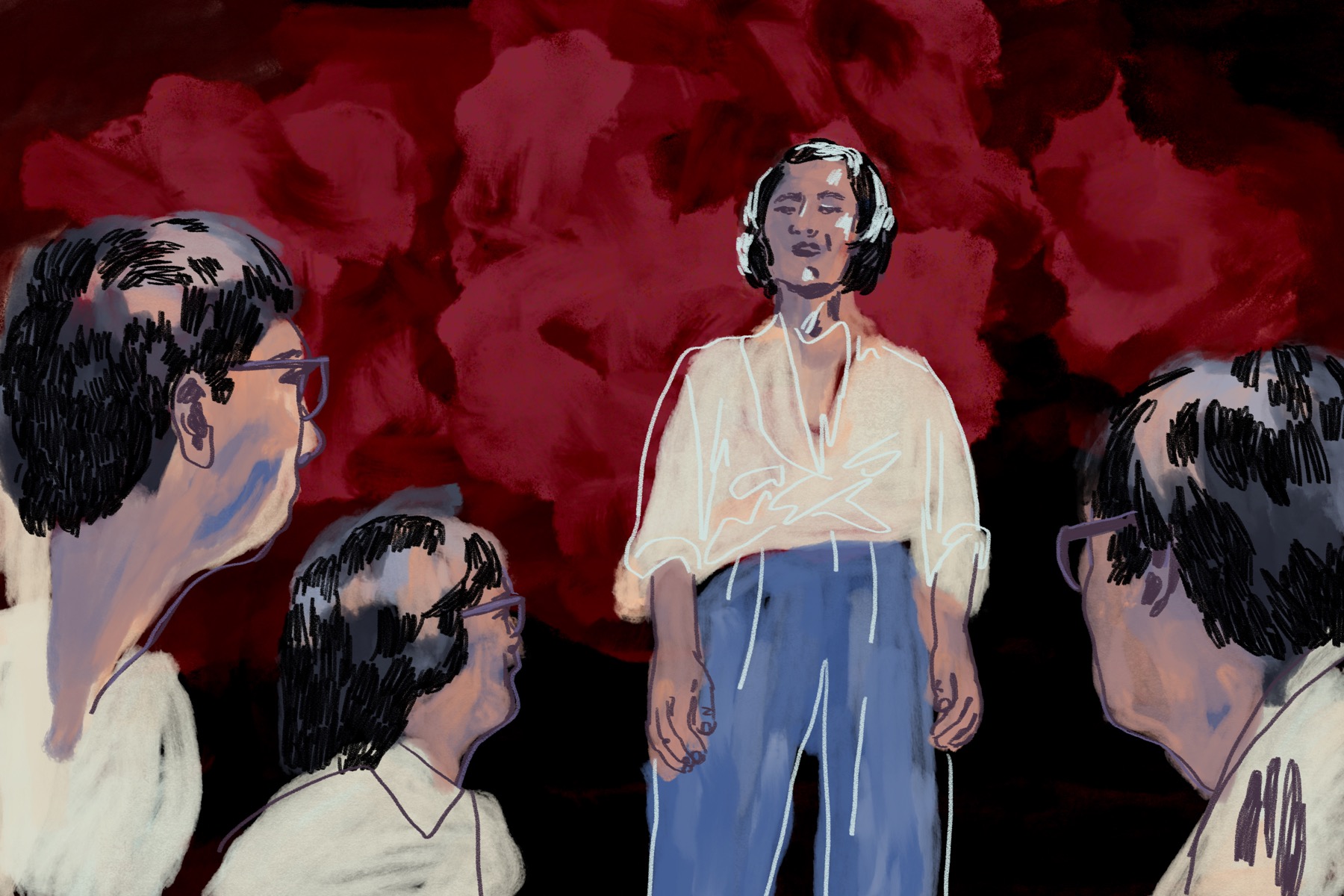
Known as the “Steven Spielberg of Asia,” Tsui Hark began his career directing horror movies, and Dangerous Encounters of the First Kind is his best. In it, he depicts Hong Kong as an alienated urban hell, dominated by exploitative foreigners, incompetent policemen, and people who prefer to consume sensational and violent mass media over communicating with other human beings.
Illustration by Anna Vignet

Since his action-packed fantasy Zu Warriors from the Magic Mountain 新蜀山剑侠 (1983), Hong Kong director Tsui Hark 徐克 has built a reputation on crafting slick, special effects-driven blockbusters. As the producer of industry-defining classics like A Better Tomorrow 英雄本色 and A Chinese Ghost Story 倩女幽魂, few other filmmakers could boast having done more to shape and influence Hong Kong film. In recent years, Tsui’s come to handle projects bigger and more expensive than ever before, directing box office hits like the Detective Dee trilogy and the’40s action epic The Taking of Tiger Mountain 智取威虎山.
As popular and accessible as his work is now, the “Steven Spielberg of Asia” began his career with a batch of relatively unconventional (and unsuccessful) horror movies. After studying film in the United States, and working for a time in television, Tsui made his directing debut with The Butterfly Murders 蝶变 (1979). As its title suggests, this unique mix of horror, mystery, and action features a journalist investigating a castle haunted by a pack of homicidal butterflies. Even though there are some really neat wuxia set pieces, some with a weird villain running around in an all-black leather suit, The Butterfly Murders might have just been too bizarre for mainstream audiences. It not only went over its production budget, but ended up a box office disaster as well.
We’re Going to Eat You 地狱无门 (1980), Tsui’s second movie, was a gory cannibal flick with a wickedly dark sense of humor. Assigned to hunt down a notorious thief named Rolex, the government sends the fedora-wearing Agent 999 to an isolated village to look for him. As Agent 999 investigates the place, he discovers that the villagers murder and eat travelers, under the direction of their crazed village chief. Although the humor doesn’t always work, We’re Going to Eat You is bloodier, goofier, and a lot more coherent than its predecessor. Unfortunately, the movie still failed to find an audience, putting another financial bomb in Tsui’s hands.
After two misfires in a row, Tsui was on the verge of giving up on the movie business. He really needed a hit, and it was his third feature that would finally push him into a more monetarily successful direction. Dangerous Encounters of the First Kind 第一类型危险, released the same year as We’re Going to Eat You, is a thriller about four misfit teenagers who go on a crime spree just for the pleasure of being nasty. Fearing that the movie would provoke copycat acts, and disapproving of its political themes, Hong Kong officials actually banned Tsui’s original cut. The movie was subsequently trimmed down by 20 minutes, removing some political content, toning down the carnage, and altering the plot.
Both versions of the film have the same set of characters. Paul, Ah Lun, and Ah Gow are a trio of frustrated outcasts, while Pearl is a psychopath who enjoys violence and hates people. In the beginning of the original cut, Paul manages to build a bomb, inviting Ah Lun and Ah Gow to test it out. The friends plant it in a crowded theater, and they run off smiling and cheering when it explodes. Pearl, however, sees the whole thing. She threatens to tell the police, blackmailing Paul and his friends into committing more crimes with her. The boys are hesitant, but after Pearl steals a fortune’s worth of Japanese money orders, they become willing participants in increasingly extreme schemes.
Dangerous Encounters never lets up on its brutality. Pearl and her co-conspirators are some of the vilest characters to appear on a screen, torturing, bombing, and killing without remorse. They don’t have a bone to pick with just the authorities; they’re bored and disgusted with the very society that spawned them. Tsui depicts Hong Kong as an alienated urban hell, dominated by exploitative foreigners, incompetent policemen, and people who prefer to consume sensational and violent mass media over communicating with other human beings.
What makes Dangerous Encounters so terrifying is this social angle. Unlike Song at Midnight 夜半歌声 or The Enchanting Shadow 倩女幽魂, the horror isn’t located in a crumbled opera house or distant temple. The monsters aren’t cartoonish cannibals, vengeful ghosts, or bouncy jiangshi from an ancient and remote place. Instead, Tsui brings the horror right to the viewer, exposing it in the modern world. The monsters are seemingly ordinary people like Pearl and Paul, indistinguishable from anyone else on the street. They’re fuming, waiting, and plotting right under our noses, and Dangerous Encounters suggests that our cruelty and indifference are responsible for them.
https://www.youtube.com/watch?v=4FRehkZmnWs
Previously:
Film Friday is The China Project’s film recommendation column. Have a recommendation? Get in touch: editors@thechinaproject.com
